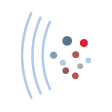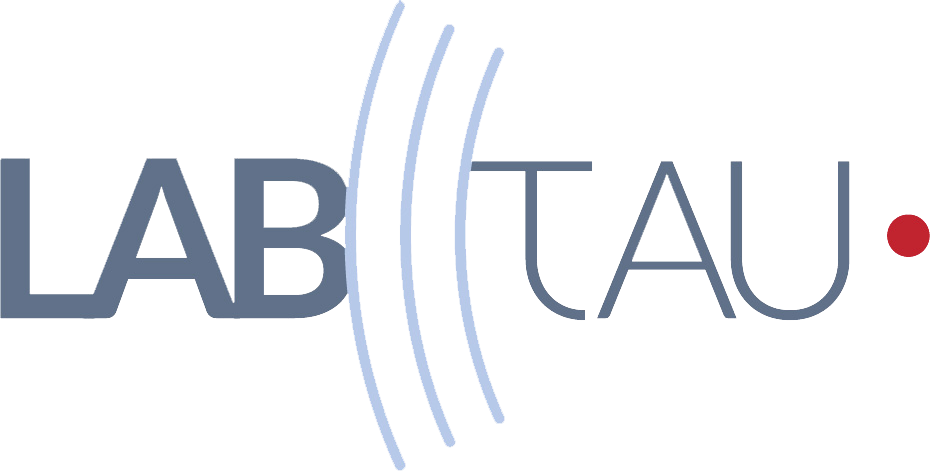Axis 3 : Bubbles, cells and particles
 The interactions of ultrasound with biological cells make it possible to envisage new forms of therapy, imaging and cell manipulations. The research axis is focused on the interactions between ultrasound, cells and tissues, mainly involving cavitation as a therapeutic physical agent and ultrasound contrast agents for imaging. It covers:
The interactions of ultrasound with biological cells make it possible to envisage new forms of therapy, imaging and cell manipulations. The research axis is focused on the interactions between ultrasound, cells and tissues, mainly involving cavitation as a therapeutic physical agent and ultrasound contrast agents for imaging. It covers:
- The use of inertial cavitation for delivering genetic material to tissues and cells
- The targeted delivery and potentiation of drugs
- The diagnosis of tumors and the treatment follow up with targeted contrast agents
- The use of acoustic levitation for patterning tissue models
These researches require understanding the mechanical or chemical interactions between ultrasound waves and cell membranes involved in vitro, in animals and in clinics.
Our goals are:
- to develop technology for the clinical transfer of methods developed in house
- to treat new indications by the development of new therapeutic modalities
Blood-Brain-Barrier opening
This project aims at the development and clinical validation of an implantable device in the cranial bone
for the opening of the blood-brain barrier (Collaboration with Carthera). Clinical studies are currently being conducted.
Ultrasound-induced drug delivery
Various research actions are conducted, aimed at promoting penetration of different drugs in tissues and cells, and to potentiate their effects by cavitation. New therapeutic approaches are under development combining cavitation and genetic materials (plasmids, siRNA), with or without chemotherapy, for treating chemo resistant tumors.
Sonofection: Cellular transfection by ultrasound
Several ultrasonic devices for transfection in vitro are currently developed and used for mechanistic studies of sonoporation. Technological transfers to industrial partners are in progress.
Modulation of immune response by therapeutic ultrasound
Recent reports have suggested a potential role of therapeutic ultrasound, to modulate the immune response in treated tumors. We are currently investigating the mechanistic of these effects by analyzing the changes in immune response induced by different modes of therapeutic ultrasound, thermal or mechanical. We are also going to investigate changes in the immune response induced in patients treated by HIFU for prostate cancer (Project RHU PERFUSE).
Ultrasound Molecular imaging
This project aims to develop, validate and open new perspectives of applications of targeted contrast agents. Imaging studies for tumor characterization, guidance of ultrasound treatment and follow up of therapies are currently performed. New molecular targets for these agents are being studied.
Bioacoustic printing of neuronal networks
We are developing acoustic levitation methods for patterning of cells in hydrogels. We
have reported the encapsulation, patterning and neural differentiation of neural stem cells in 3D




